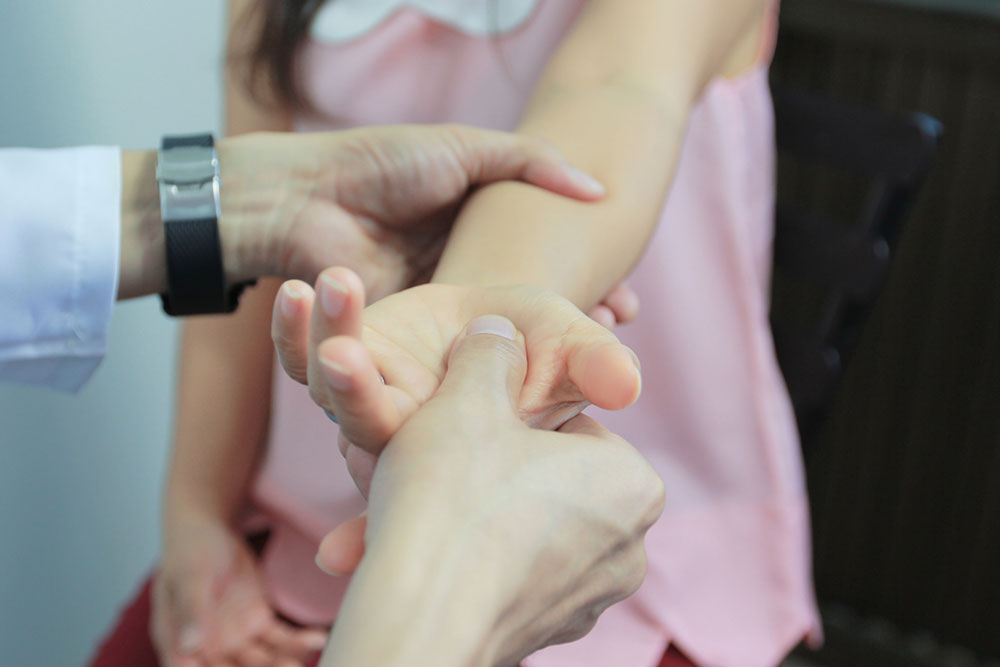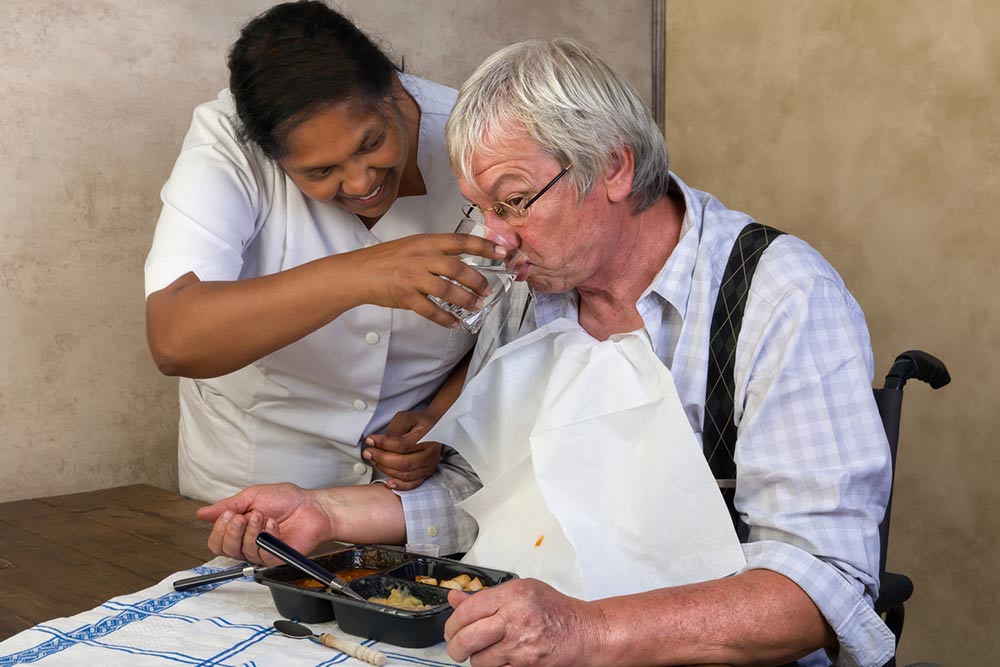An In-Depth Overview of Parkinson’s Disease: Causes, Symptoms, and Management Strategies
This comprehensive article explores Parkinson’s disease, highlighting its causes, symptoms, and various treatment options. It covers surgical interventions like deep brain stimulation, physical therapy benefits, medication management, and stress reduction techniques. The goal is to enhance understanding and provide valuable guidance for managing this progressive neurological disorder to improve patients’ quality of life.

Exploring Parkinson’s Disease
Exploring Parkinson’s Disease
Parkinson’s disease (PD) is a degenerative neurological condition mainly affecting dopamine-producing neurons in the substantia nigra, a part of the brain that controls movement. Symptoms tend to develop gradually and differ among individuals. Common indicators include difficulty with gait and balance, trembling, slowed movements (bradykinesia), and muscle rigidity. The exact cause remains unidentified, and there is currently no cure. Treatments aim to manage symptoms and improve lifestyle through medication, surgery, and physical therapy.
Therapeutic approaches focus on reducing symptoms like dyskinesia, which involves involuntary movements affecting various parts of the body.
Below is a summary of treatment options for Parkinson’s disease:
Effectiveness of Deep Brain Stimulation (DBS)
DBS is often recommended for individuals unresponsive to medication, involving the surgical placement of electrodes in specific brain regions connected to a pacemaker-like device.
Electrical stimulation from the device helps lessen symptoms and medication side effects.
Potential risks include infection, stroke, or brain hemorrhage, requiring careful patient screening and adjustment.
Physical Therapy’s Role in Symptom Management
Physical therapy helps improve mobility, muscle strength, and flexibility.
Though it does not halt disease progression, it supports adaptation, reducing stiffness and joint discomfort.
Exercises enhance balance and walking ability, lowering fall risk.
Engaging in cardiovascular and resistance training exercises can significantly help control symptoms.
Medication Adjustments for Dyskinesia Control
Levodopa increases dopamine levels, easing stiffness and tremors, but fluctuating levels can cause involuntary movements.
Adjusting the dose or using extended-release formulations can stabilize dopamine supply.
Healthcare providers may modify medication regimens or add supplementary drugs for optimal results.
Stress Reduction Techniques and Their Impact
Stress may worsen dyskinesia and other symptoms.
Relaxation practices such as deep breathing, yoga, or calming music help manage stress levels.
Combining stress management with medical treatment and healthy lifestyle habits enhances overall quality of life.
Note:
Our blog provides trusted insights on diverse health topics, grounded in comprehensive research. However, this information is not a substitute for professional medical advice. Always consult qualified healthcare professionals for personalized diagnosis and treatment. We do not guarantee the accuracy of third-party content or offers featured on this site.


